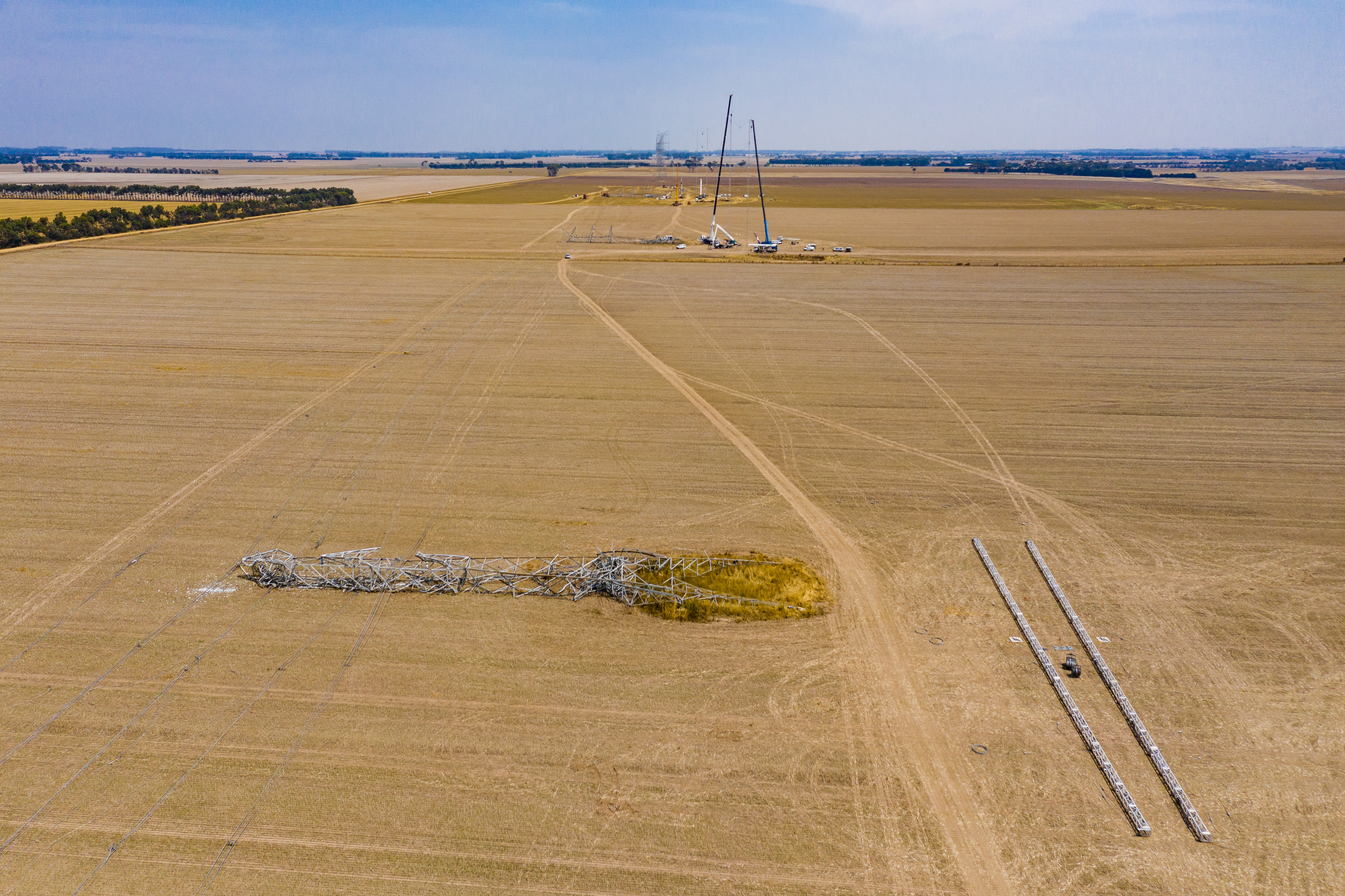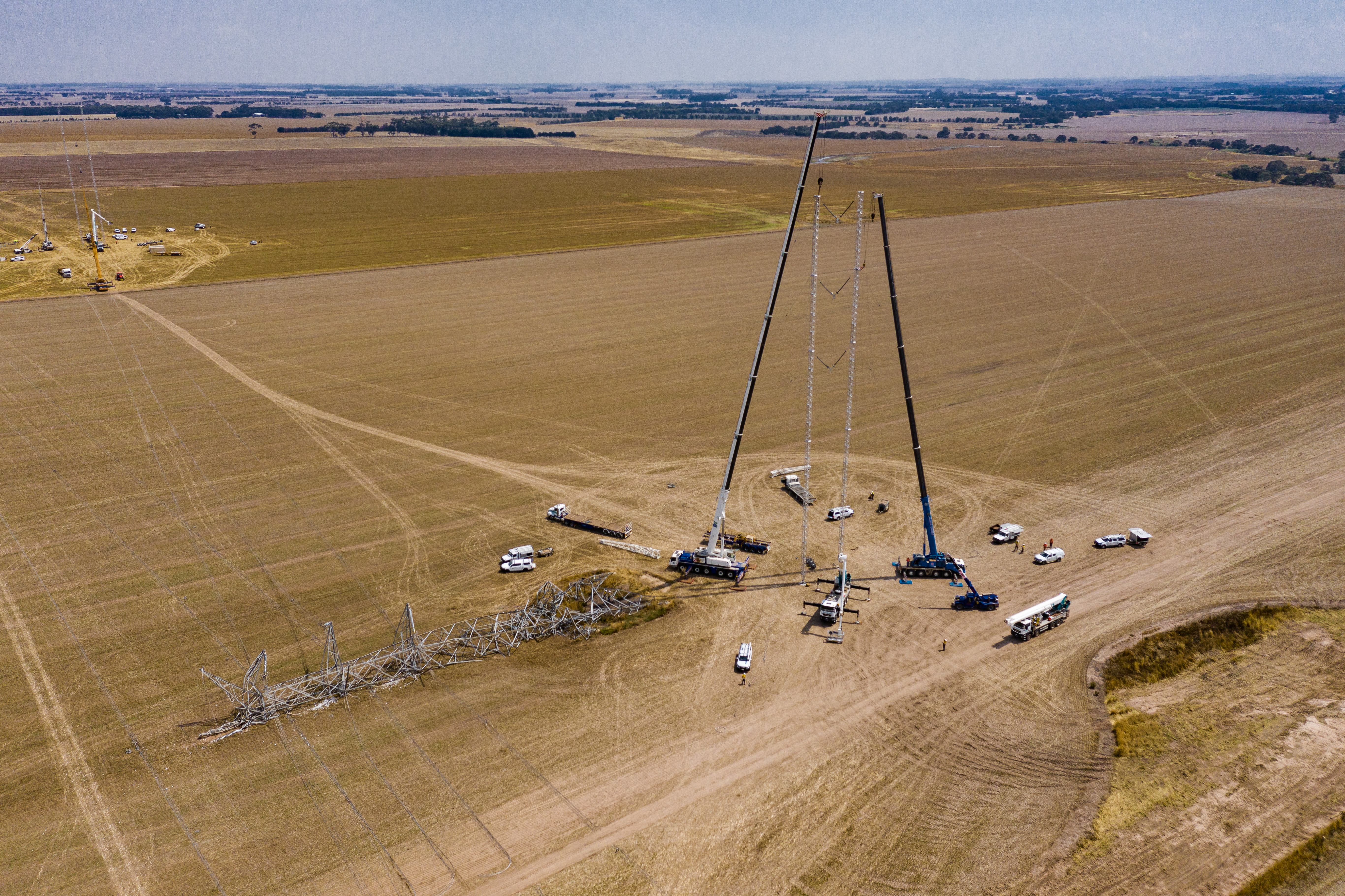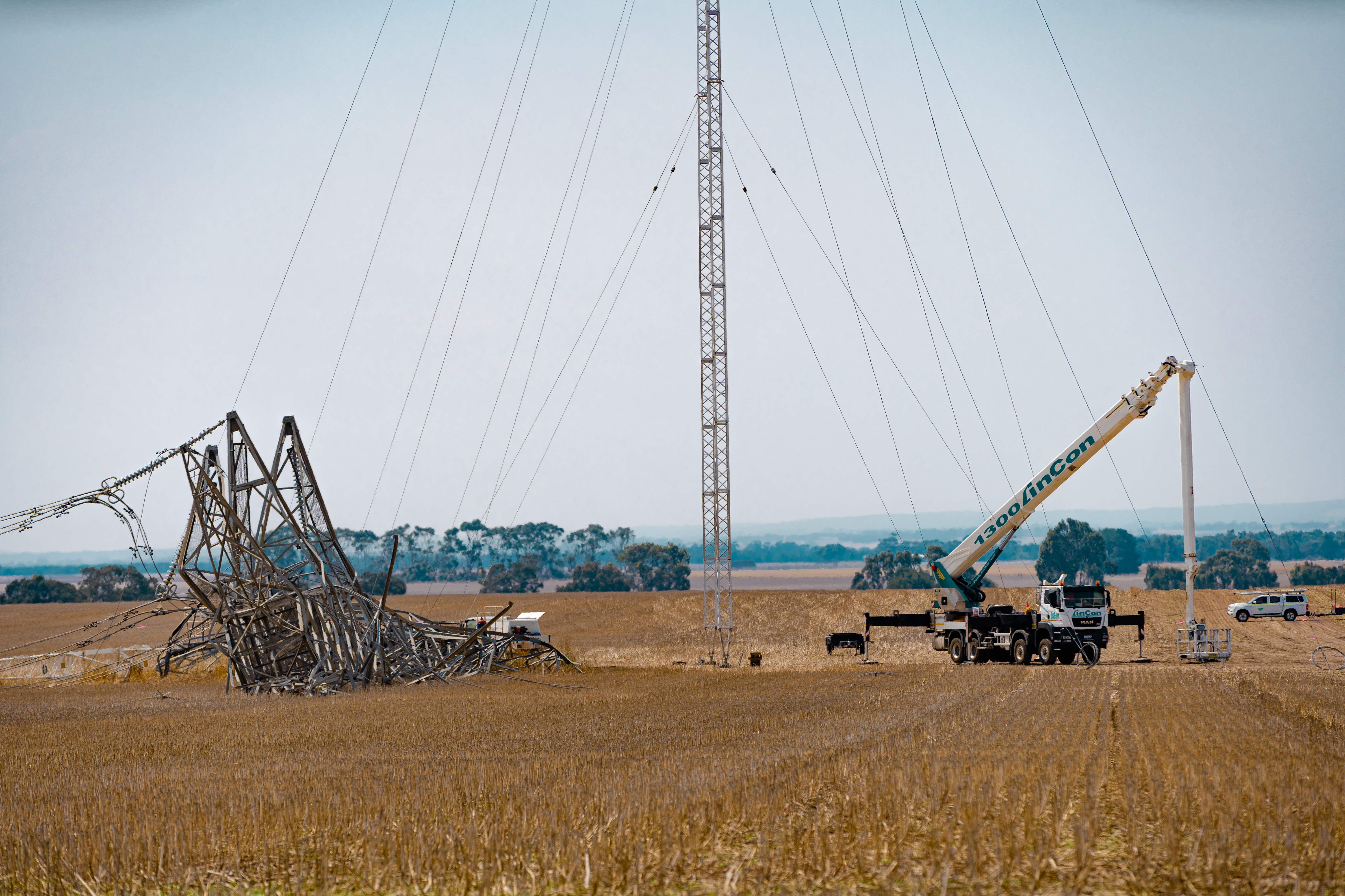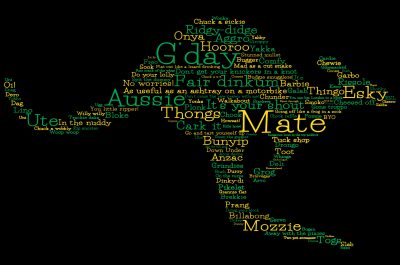Towers down yet SA powers on
A freak storm event in late January this year knocked six transmission towers to the ground and damaged a seventh just north of the town of Cressy in Western Victoria. This event caused an outage on the Moorabool to Mortlake and Moorabool to Haunted Gully transmission lines.
Supply to the Portland aluminium smelter was interrupted, and the Heywood interconnector between Victoria and South Australia was impacted, separating South Australia from the National Electricity Market.
Despite the damage, AusNet Services, the primary declared transmission system operator for Victoria, had temporary towers in place for the Moorabool to Mortlake line in just over two weeks of the incident occurring.
Considering transmission towers are significant structures designed to withstand extreme weather, what happened to cause the towers to collapse?

Figure 1: Flattened transmission towers (Source: AusNet)
Freak weather event
It was an extreme localised storm event late in the afternoon on Friday, 31 January that caused the damage.
Winds in excess of 160km km/hr (44 m/s) created a hefty downdraft known as a downburst that is believed to have flattened six steel transmission towers completely transversal/perpendicular to the wind direction.
Immediate response and industry collaboration
Significant damage to transmission equipment is a rare event, so the emergency reconstruction of seven towers and two 500 kV lines is no mean feat.
It was a combination of AusNet Services’ summer preparedness network resilience planning and solid industry collaboration that saw the restoration of the 500 kV transmission lines and temporary towers reconstructed in an impressive and timely manner.
The severe storm had also impacted local distribution network Powercor, which was working in the area on a 22 kV line at the time and alerted AusNet Services to the fact the transmission towers had been damaged.
AusNet Services organised operators to isolate and earth the lines and immediately deployed local delivery partners who quickly reached the site in Cressy to assess the damage.
At the same time, AusNet Services worked closely with the Australian Energy Market Operator (AEMO) to restore supply to the Portland aluminium smelter on a contingency basis, utilising the services of Origin’s Mortlake Power Station.
Recognising the importance of restoring the impacted lines, AusNet Services moved quickly. Preliminary design works for the temporary reconstruction of the transmission towers were completed two days after the storm.
AusNet Services was well prepared and were able to utilise equipment on hand as well as collaborate with industry peers to restore the first line quickly.

Figure 2: Construction of temporary transmission towers (Source: AusNet)
TransGrid, ElectraNet and Powerlink provided conductor which helped accelerate the restoration process of the first line. TransGrid also provided resources to work on the project on a rotational basis for the duration of the restoration. The ability to source conductor from industry peers was critical in enabling AusNet Services to restore the first line quickly.
Three days after the storm event, materials for the temporary towers arrived on site ready for construction works to commence the following day.
The seven damaged towers each held double circuit 500 kV lines along the Moorabool to Mortlake and Moorabool to Haunted Gully transmission lines.
The two sets of temporary towers that have been reconstructed are each designed to hold one of the two restored 500 kV circuits. In the interests of restoring the lines as quickly as possible, AusNet Services worked on restoring one 500 kV line at a time, building temporary towers for each line. This process also helped ensure a more secure transition for the Portland aluminium smelter from its contingency arrangement.
The first line was repaired and re-energised by 17 February and the second line was back in service by the 3 March.
More than 110 experts from AusNet Services’ delivery partners and interstate transmission peers helped with the construction of the temporary towers and removal of the fallen infrastructure.

Figure 3: Temporary transmission towers (Source: AusNet)
Impact on the power system
The Bureau of Meteorology had predicted some storm activity on 31 January, but not the extreme weather that was experienced.
At the time of the storm, more than 500 MW was being exported from SA to Victoria via Heywood. Seconds later the interconnector had reversed and was importing 500 MW into SA until the Mortlake power station reduced generation.
The 1,000 MW turn around caused wind and gas plants to trip or back off in SA. Grid-connected batteries provided a significant amount of frequency control ancillary services (FCAS). This response avoided a high-frequency collapse on the SA power system.
The Portland Aluminium smelter tripped off initially but was bought back on to avoid the potlines solidifying, with supply for the Victorian facility provided by Origin’s Mortlake power station.

Figure 4: Temporary transmission towers (Source: Supplied)
To keep the system stable in SA, gas plants were used, including the new Barker Inlet, to ensure that generation could meet the demand requirements.
System improvements instituted post the 2016 event helped the grid to remain stable in SA, given the severity of the disruption. The FCAS services from grid-connected batteries were vital to this task.
There will no doubt be plenty of learnings to come, but through an industry combined effort that included AEMO, TransGrid, ElectraNet and Powerlink, AusNet Services and its delivery partners were able to provide a temporary solution in a very short timeframe.


